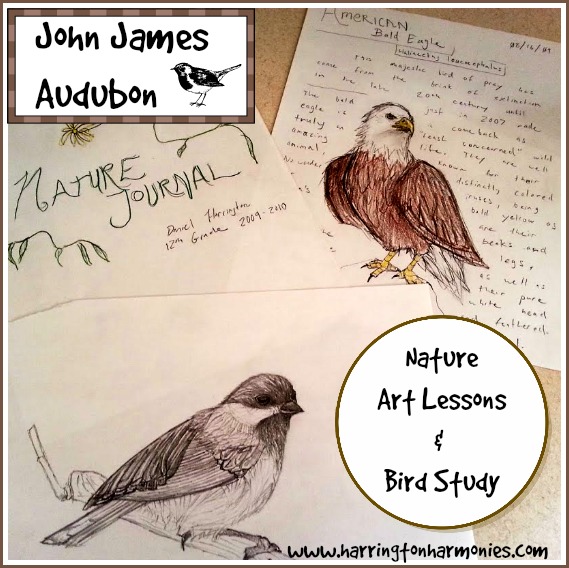 Follow these 5 steps to do John James Audubon Nature Notebooking and Bird Study:
Follow these 5 steps to do John James Audubon Nature Notebooking and Bird Study:
 1. Read. Begin your study by reading and learning about John James Audubon. Born April 26th, 1785, he has an interesting life having come to America from England to learn about business. But instead he became one of the most well known naturalist artists! He is most known for his paintings of birds. But he is equally as much a scientist as an artist and is credited with being the first to “band” birds. Painting, left, is John James Audubon. Oil on Canvas 1826 by John Syme.
1. Read. Begin your study by reading and learning about John James Audubon. Born April 26th, 1785, he has an interesting life having come to America from England to learn about business. But instead he became one of the most well known naturalist artists! He is most known for his paintings of birds. But he is equally as much a scientist as an artist and is credited with being the first to “band” birds. Painting, left, is John James Audubon. Oil on Canvas 1826 by John Syme.
I recommend this wonderful book on John James Audubon:

The Boy Who Drew Birds: A Story of John James Audubon
This book is totally amazing. It tells the story of Audubon’s life in an engaging and educational way. Great for kindergarten on up. Here is an example of nature study style pages that are interwoven throughout:
2. Explore. Going outdoors to explore is the best way to nature study. It doesn’t have to be daunting. It can be your backyard if you like! But finding a park, lake, hiking trails, or another natural place nearby that you can frequent is most ideal. Visiting the same place over time allows you to see how the seasonal changes effect wildlife in your area.  3. Discover.Occasionally something will come your way or you’ll be lucky enough to have the birds come to you. Providing the natural environments, offering food, water, and places to live will attract them. Here is my daughter’s charcoal drawing of the nest:
3. Discover.Occasionally something will come your way or you’ll be lucky enough to have the birds come to you. Providing the natural environments, offering food, water, and places to live will attract them. Here is my daughter’s charcoal drawing of the nest: 4. Observe. Spend a little time. Be quiet and just observe.
4. Observe. Spend a little time. Be quiet and just observe.
5. Record.There are so many different reasons and ways you can record what you see! Pencil, watercolor, colored pencils, charcoals, photography, and more! My minimum requirement for my children was for them to date their nature journal entries.  This way you can have a record and track behaviors and changes in your environment. Here is an excerpt of my daughter’s nature notebook on the Northern Cardinal:
This way you can have a record and track behaviors and changes in your environment. Here is an excerpt of my daughter’s nature notebook on the Northern Cardinal:
 Can you do nature study with your kids even if you think you’re not particularly artistic?
Can you do nature study with your kids even if you think you’re not particularly artistic?
Yes! I have both types of children. My oldest children have an incredible aptitude for art, the artistic type. But I also have a child that is more gifted mechanically. His strength is not art. But I am happy to say we have still studied birds together in other ways which I still consider nature study. After all, birds are a part of nature and we studied them!
Different ways to do bird studies for the artistically hopeless:
{or at least those who think they are}
Study birds by region.
 A great way to study birds is by regions. Do country or state reports focusing on birds. You can have your child research various countries, or continents for younger children, and study what birds are in them. Or even better, study the U.S. by the birds that each state has selected as their state birds. This is a fun way to sneak Geography in without your young naturalist knowing. You may like to use my Free State Notebook Pages and add a page for drawing the bird. With my non-artistic type we began a study of the united states in Second Grade in which we used most of the books from My Father’s World – Adventures in Us History that included learning about birds!
A great way to study birds is by regions. Do country or state reports focusing on birds. You can have your child research various countries, or continents for younger children, and study what birds are in them. Or even better, study the U.S. by the birds that each state has selected as their state birds. This is a fun way to sneak Geography in without your young naturalist knowing. You may like to use my Free State Notebook Pages and add a page for drawing the bird. With my non-artistic type we began a study of the united states in Second Grade in which we used most of the books from My Father’s World – Adventures in Us History that included learning about birds!
Make a field trip to a place known for birds.
We had the opportunity to visit San Juan Capistrano when we were PCS’ing (making a permanent change of station). It is known for the swallows that come and go every year. Where do they go and why? Making a similar trip to a place known for birds might be a great way to study the migration habits of a particular type of bird.
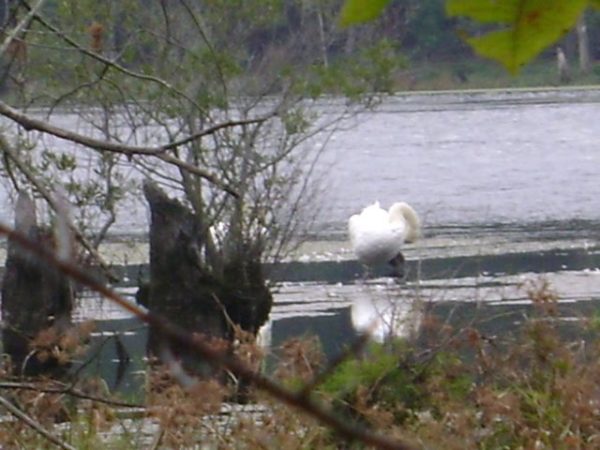 While living in Virginia we had the unique experience of observing Tundra Swans every winter. They came every winter and went back north each summer. It was a neat way to learn about migration also!
While living in Virginia we had the unique experience of observing Tundra Swans every winter. They came every winter and went back north each summer. It was a neat way to learn about migration also!
Here is Audubon’s painting of the Tundra Swan:
This is one of my favorite pages from Nature Lover’s ( my daughter’s) Notebook! She used water color. The splash was made using a tooth brush. See my Hokusai art lesson for explanation.
Visit an Aviary.
If you can’t get out in nature you can always go to a zoo with an aviary! Bring your notebooks and spend the day observing and sketching.
How we studied Birds this year:
 We used Apologia: Flying Creatures of the Fifth Day for our science this year. We used it with our co-op! So naturally, having an art unit on Audubon was perfection! While looking at his works we also studied American Birds and their behaviors. Audubon didn’t just draw birds he showed them in action! Here’s a sample from mechanical man’s notebook:
We used Apologia: Flying Creatures of the Fifth Day for our science this year. We used it with our co-op! So naturally, having an art unit on Audubon was perfection! While looking at his works we also studied American Birds and their behaviors. Audubon didn’t just draw birds he showed them in action! Here’s a sample from mechanical man’s notebook:

You can get nature study going with other activities as well. These were part of our Apologia curriculum. I’ll be sharing more on that as we go but I’d like to share this photo of the bird house he made and a bunch of nest materials we put out to see if any birds would use them for making their nests. As I said, he is my mechanical man. So while he doesn’t get into to drawing after drawing of birds, he did thoroughly enjoy the chance to make a bird house. And loves watching birds too!

Art Links and Nature Study Resources:


Nature Study on Birds from Cindy @ Our Journey Westward
Birds- Handbook of Nature Study
Birdwatching 101: Attracting Birds to Your Yard from Barb @ Handbook of Nature Study. She also has these great Bird Freebies:
Bird Life List Printable
Bird Study Nature Table Printable ( Very Montessori)
and an Owl Study Notebooking Page
Nature Study Tips from iHomeschool Network- A Google+ Hangout!
Birds of the World Notebooking Pages ( free) from Debra @ NotebookingPages.com


 Also Linked up with: Teaching Stars,
Also Linked up with: Teaching Stars,





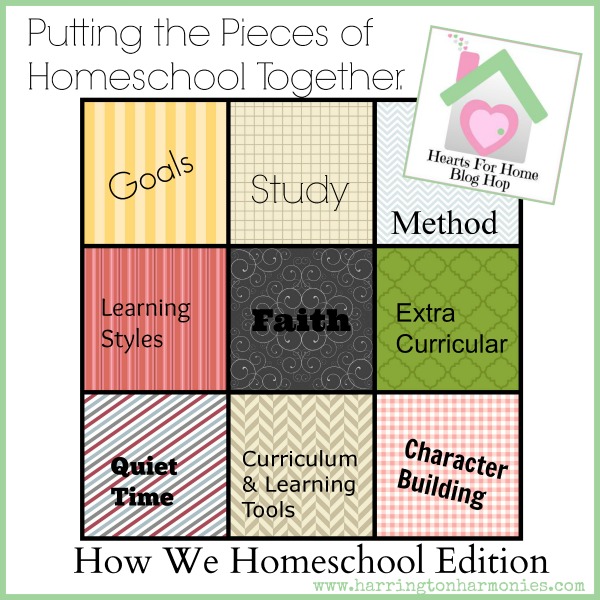
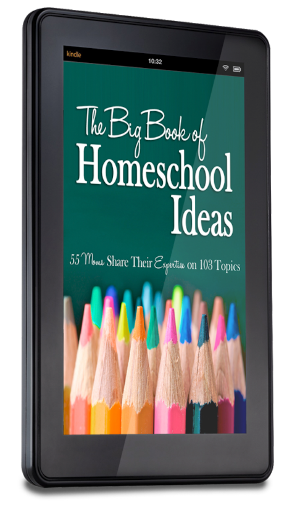



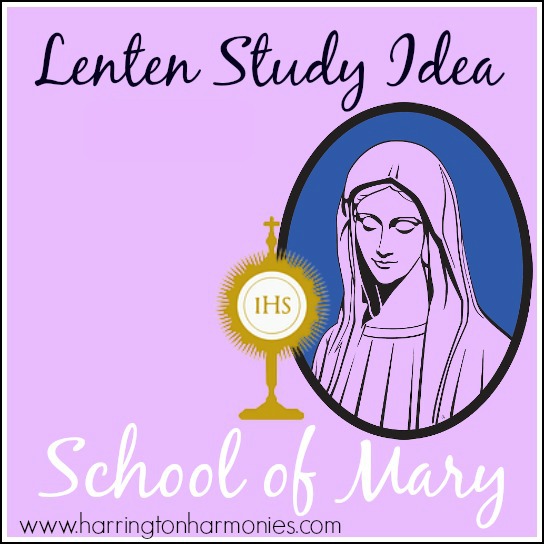


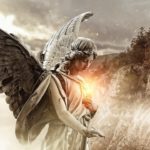
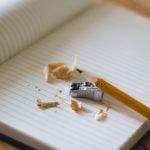
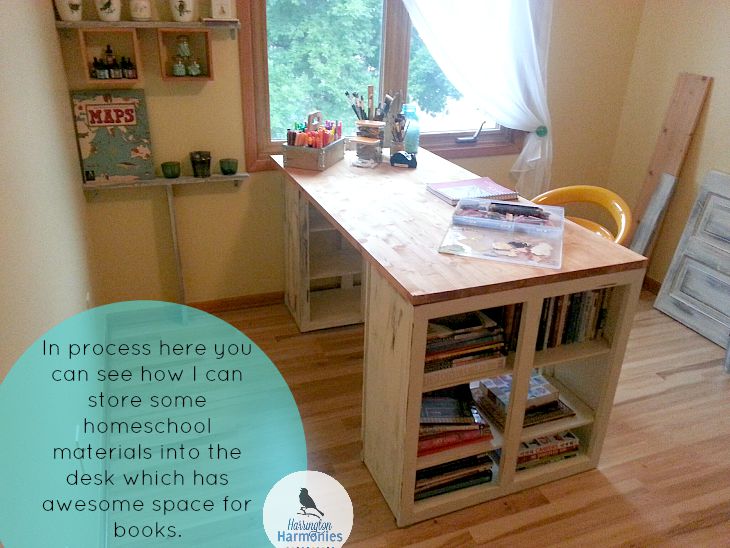






4 Comments
Teresa
We read The Boy Who Drew Birds last year and my kids still talk about it. I used Drawing With Children to help develop the art side, and thinking of trying chalk this year. Thanks for sharing all the links!!
Thaleia from Something2Offer
These are great bird resources. Thank you for sharing.
Barb-Harmony Art Mom
Awesome post Stephanie….love all your ideas. Pinning!
Stephanie
Thank you Barb! So glad you like:)